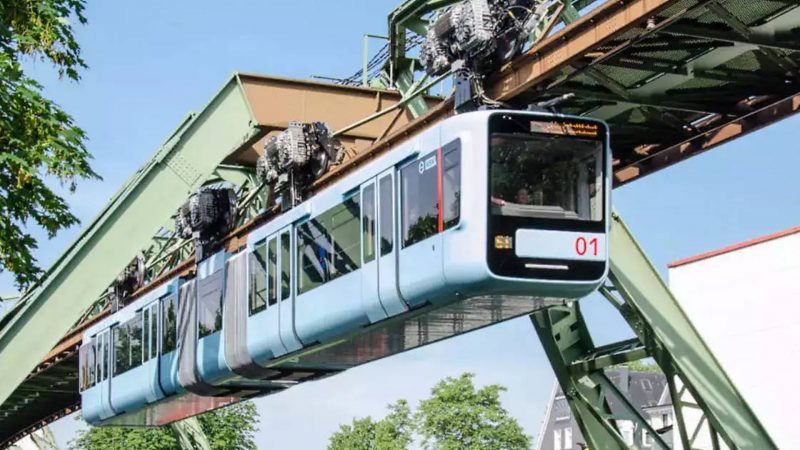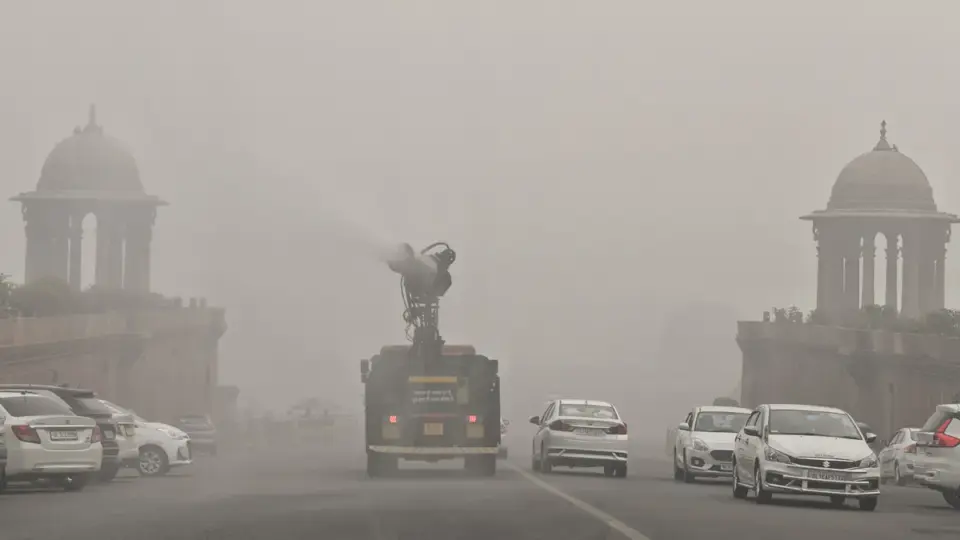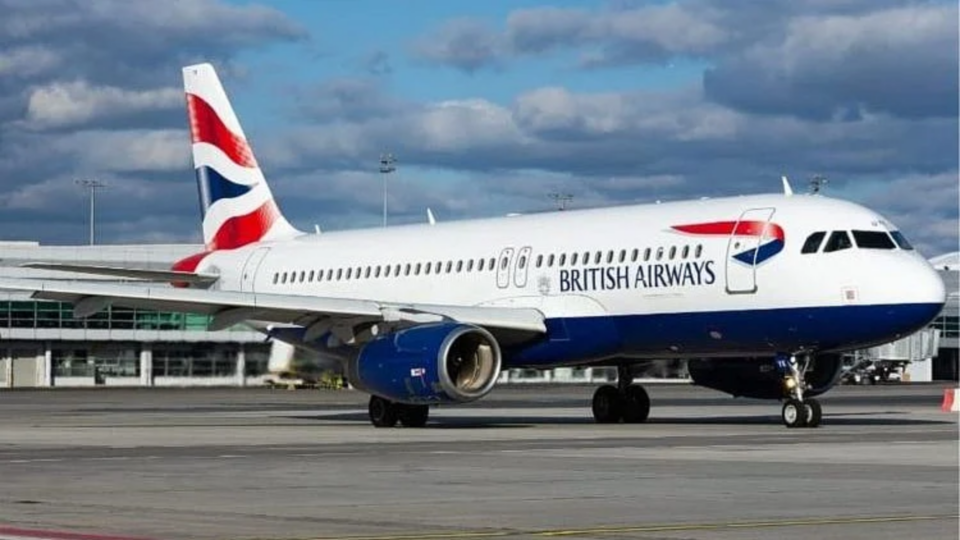
Sky Bus: The Future of Indian Transport
In India, the Sky Bus system is currently being discussed once more. Nitin Gadkari, the union minister of transportation, has stated that he wants to see the sky bus system put into service nationwide. As a potential remedy for the metro and traffic congestion, this project is anticipated to connect Delhi and Gurugram. However, what is the Sky Bus precisely, and is this India’s first effort at a transit system of this kind?
Understanding the Sky Bus
Comparable to a metro, the Sky Bus is an affordable, environmentally friendly metropolitan public transportation system. On the other hand, it runs on a raised track with vehicles or wires dangling. There are similar systems all throughout the world, such as Germany’s H-Bahn or Wuppertal Schweizerbahn transportation system.
Sky Buses are electrically propelled and have a top speed of around 100 km/h. It differs from typical metros in that it requires less substantial civic infrastructure, which lowers operating expenses. This innovative design minimizes the risk of derailment and lowers costs by using gravity to hold the vehicle’s wheels and rails inside an enclosed concrete box.

History of the Sky Bus in India
In 2003, former Prime Minister Atal Bihari Vajpayee originally revealed the Sky Bus initiative in India as a New Year’s present. The original idea, which was projected to cost Rs 100 crore, was to launch the Sky Bus in Goa.
The first phase of the pilot project was to establish a 10.5-kilometer route between Mapusa and Panaji. However, due to worries over the project’s economic viability at the time, the Konkan Railway Corporation opted to abandon the Sky Bus project in 2016.
Although the Sky Bus system has had difficulties in the past, it has the potential to be beneficial in tackling urban transportation concerns. Given his rekindled enthusiasm, Nitin Gadkari may be able to bring this creative transportation idea back to life in India.



